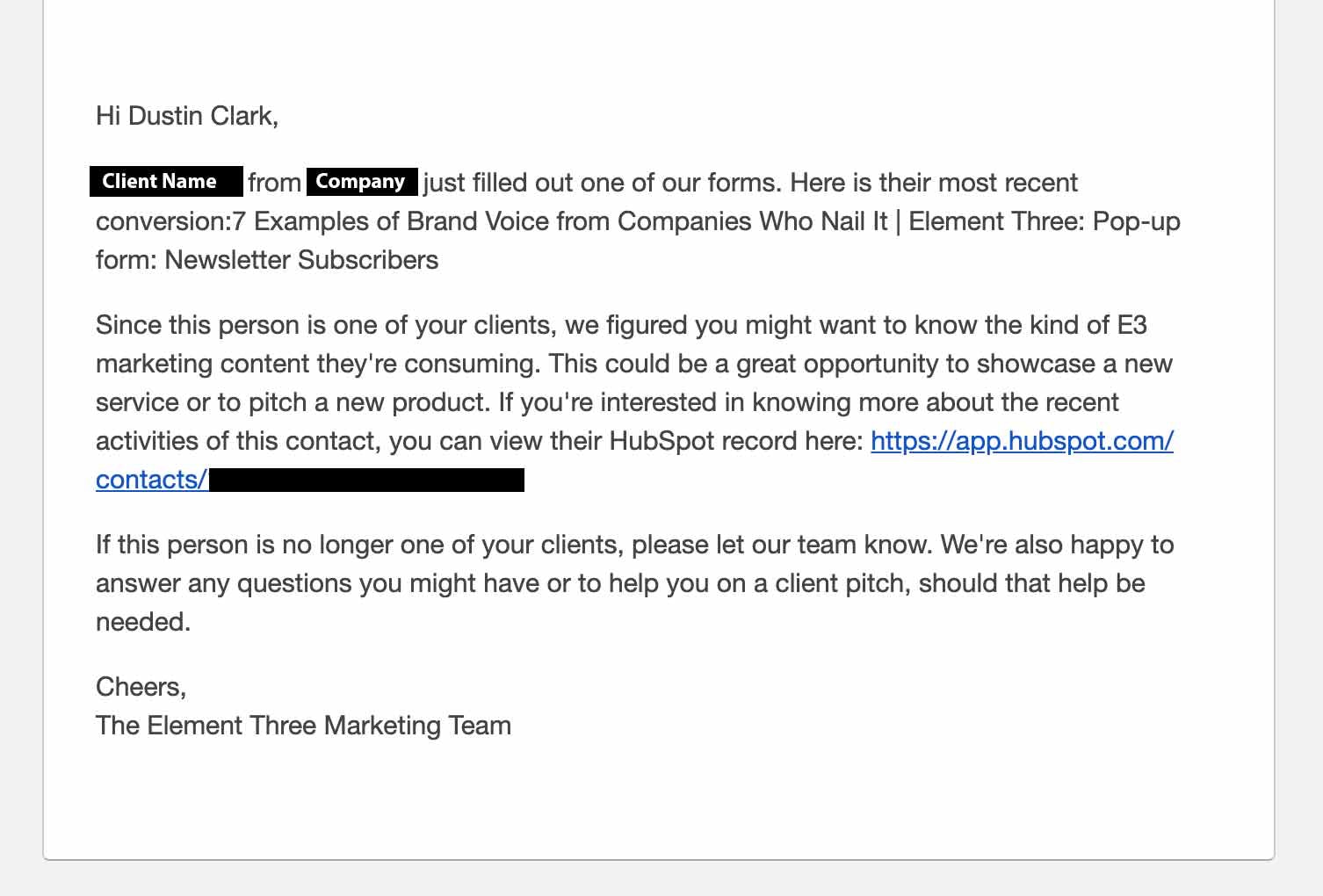I’ll admit it—I’m a little nervous to write this article. Any blog post about content marketing is a little meta, but content about making content better is just asking to be judged.
Hopefully, this piece meets most (if not all) of the criteria for better content marketing in 2020.
A lot of this stuff isn’t new. But if you’re like me (aka, pretty much all marketers) and are trying to juggle everything from lead generation and brand messaging, to sponsorship strategies and website improvements, it can be easy to “forget” or dismiss a few content marketing best practices that will keep your content fresh, helpful, and impactful to your organization.
Here are the top seven content marketing must-dos (there are more, but doing more than seven is, let’s be honest, unrealistic) that I believe marketers should focus on in 2020 to stay on top.
1. Nail Your Content Marketing Operations
I’ve preached this before and I’ll preach it again—know your process. When it comes to content and managing your content marketing efforts, there are five main buckets:
- Content Strategy
- Style Guide, Contributor Guidelines, Brand Guidelines
- Process/Production Workflow
- Technology
- People
Without addressing even one of those five, you’re pretty much screwed. Or, you’ll find that the rate at which you produce quality content plateaus.
Time and time again, content marketers say that one of their top challenges is producing quality content at scale. So before we even get into some of the nitty gritty things like choosing relevant topics to create content around or increasing organic traffic, make sure you and your team have the resources to make content that’s successful and scalable.

An inside look at how we structure our content folders so that everyone knows the status of certain pieces. It’s not the sexiest, but it works.
2. Update Old Content
If you’re publishing content into the wild and never touching it again, you’re not doing it right. Republishing content and updating it has a number of benefits.
For starters, the amount of hours it takes to write a completely new piece of content is far greater than the amount of time it takes to revise parts of an older piece and republish it to the world.
Another benefit of updating old blog posts and content is that with very little effort, it can dramatically increase organic traffic.
Case in point, Databox updated 24 old blog posts and increased site traffic by 75%. Usually, I would read something like this and think, “Yeah…well that worked for them, but it wouldn’t work for us.”
This is not one of those cases. In fact, we did a similar thing back in 2018 and increased organic traffic by 126%.

Pretty much every time we republish a piece of content we see a lift. Here’s an example from 2018.
If you’ve been publishing content for a few years now and haven’t audited your content, it’s a gold mine waiting to be updated. It works, people…it works.
3. Make It 10% Better (Yes, That’s Subjective)
You’re probably familiar with Rand Fishkin’s Whiteboard Friday episode where he talks about 10x content. And while I admire the sentiment, I don’t know how realistic it is. Producing consistent, high-quality content with limited resources is already hard enough. You try and create a 10x piece right out of the gate and you’re almost always going to run into roadblocks and end up with a piece that doesn’t quite live up to your expectations.
Wow, that sounded really harsh. Let me explain.
I once had a soccer coach who emphasized getting 1% better every time we stepped onto the field. And when I became a part-time coach, this mentor of mine would still preach to me, “Make them 1% better every training session.”
Whether or not you believe that it truly does take 10,000 hours to master something, I hope we can agree that going from bad content to truly great content does not happen overnight. So, instead of striving for 10x content out of the gate, look to make your content in 2020 10% better.
I know, I know. What does 10% better even mean? Since I technically sit in the digital marketing department here at Element Three, I know my colleagues might scoff at this arbitrary goal. But I think you know when a piece of content is 10% better, even without having to measure it.
Maybe you include more visuals to support the copy. Maybe the tone feels more “on-brand.” Maybe you leave more white space so that it’s a little easier on the eyes for readers. Maybe you decide that instead of going with the first headline that pops into your head, you write out 20 and pick from there. Maybe you add a video. Or, maybe, you’re just more intentional about other content linking to the post and the content you link to from it.

Simple yet effective ways of making blog content just a little bit better.
As marketers in the digital era, we want numbers to measure progress against. But content marketing and what makes that content good can get subjective. And I don’t know about you, but I think you can tell when someone put a little more effort into a piece of content.
4. Do the Whole Schema Markup Thing
Digital marketers have been preaching for some time that “50% of all searches will be voice searches by 2020.”
Well, it’s 2020. So I guess that means we need to “optimize” for voice search. (I use quotation marks because optimizing for voice search is a lot like saying “write for humans and the way they speak.” And I’d hope most are already doing that.)
One way to optimize for voice search is through featured snippets and by winning position zero. That’s because many voice assistants, like Amazon’s Alexa and Apple’s Siri, pull featured snippets to answer questions you ask them. And, what helps you earn snippets is by using Schema Markup to help Google understand your content better.

An example of a featured snippet.
If you don’t know what Schema Markup is, it’s microdata that helps search engines pull certain types of information like authors, lists, tables, and more.
You’ll likely need a developer to help you out, but some plugins, like Yoast, provide metadata support as well. To test your structured data, you can use this free tool from Google.
5. Measure Content Performance
Measuring content performance falls within content marketing operations, but since it’s really important, I want to call it out specifically.
Like any marketing effort, you should know why you’re doing the thing. Once you know why you’re creating content, it becomes a lot easier to identify if your reason actually aligns with one of your larger business goals. If it doesn’t, you’re going to have some problems.
Content marketing can be used to support a wide variety of business goals. It can engage customers, help answer questions so that your customer service representatives don’t have to, build an audience, increase traffic to your site, tell a story, and more.
The important thing is to set a goal for your content that makes sense to larger business objectives and then measure it. Not only is this just marketing in 2020 (setting goals and measuring progress against said goals), but it also helps validate what you’re doing. If your company starts struggling and you have no idea how content is impacting the business, would you continue investing in content? Maybe, but probably not.
For those who like lists, here’s the recap:
- Know why you’re creating content
- Set a goal
- Understand how you’ll measure progress
- Check the numbers frequently
- Report and document successes and failures
- Revise, iterate, and repeat
6. Celebrate the Wins
Any content marketer knows that getting internal buy-in can be difficult. Yes, everyone in the company might agree that content marketing is important and that you should, in fact, be investing time and energy into it. But a lot of people might not know how it’s actually affecting business.
I’ll be honest—I don’t have a good solution here. At Element Three, this is a big goal we’re going to work on in 2020. In the past, though, I’ve shared some content wins to rally the troops. These include:
- Letting blog authors know when their post is gaining traction in the SERPs
- Letting the company know when opportunities regularly read our blog or open our newsletter
- Sharing increases in organic traffic with our executive team
- Telling the story of a customer’s journey from lead to client
Another really cool thing our previous marketing manager did before he left was set up an automated workflow in HubSpot that let our Account Executives know when one of their clients downloaded an E3 resource or signed up for one of our webinars.

An example of using marketing automation to help inform team members of content wins.
It wasn’t difficult, but it’s a really good example of how you can automate some of the content communications through your CRM and marketing automation platform.
7. Don’t Sweat the Small Stuff
Last but not least—don’t sweat the small stuff. As content marketers, writers, and general marketing managers, it’s only natural that we want everything we publish and produce to be spot on. And while we certainly shouldn’t get lazy, it’s not worth the time and effort to overthink it.
In other words, avoid the dreaded “paralysis by analysis.”
Instead of trying to make the perfect piece of content (spoiler: it doesn’t exist), try new things, test, iterate, and improve. Don’t make commas and word choices waste hours of your life, and instead worry about the larger content issues—is it helpful, does it relate to our company’s goals, and are we talking to the right audience?
Make 2020 the Best Year Yet
These are the things I’ll be focusing on in 2020. I’ll bet your list is different (and that’s okay)! The good thing about wrapping up one year and heading into the next is that we’re all looking to improve. And when you work to make something just a little bit better, you’ll find that you usually end the year a little better than where you started.
I can’t wait to see what my list looks like in 12 months. And if you want to share your own list, reach out to me at [email protected]. I’d love to hear them.





